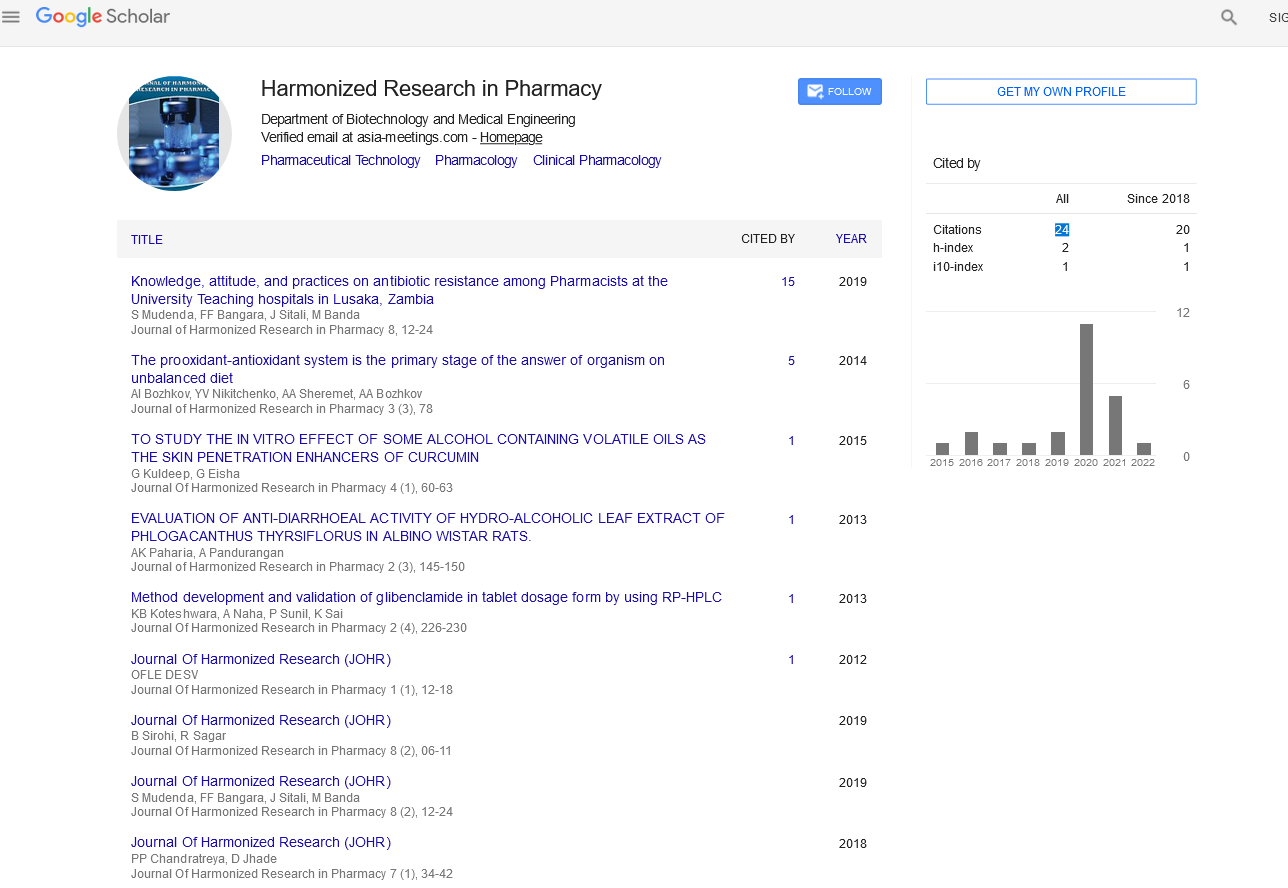Editorial - (2021) Volume 10, Issue 1
APPROACH TOWARDS GENERIC AND INNOVATOR MEDICINE
Razak Sheriff and Ashraf M*Received: Aug 03, 2021
Description
A generic drug or a pill is a medication that duplicates the same existing approved brand name drug in a dosage form. It has the same strength, safety, administration, performance, and quality as the prevailing drug. It provides the same clinical benefits and works in the same way as its brand name version. All generic drugs follow standard FDA rules. They undergo rigorous review to make sure generic medicines meet these requirements. To ensure regulations and good manufacturing practices, FDA conducts 3500 inspections on manufacturing plants every year. There is continuous monitoring on the supply chain, from active pharmaceutical ingredients (API) to products sold to consumers, effectiveness, and high quality by the FDA staff. If any negative effects are suspected, they will monitor and will make necessary changes in how a medicine (both brand-name and generic versions) is used or manufactured. Generic medicines cost less than the innovator drugs as they need not repeat clinical studies which demonstrate safety and effectiveness. There are multiple applications in the market for a single product, which creates competition in today’s market, resulting in lower prices. Usage of generic medicines reduces the cost of medication to both patients and the government, as they are produced without a license from Innovator Company when the product license has expired.
Generic drugs are the drugs for which the patent safety has expired and can be produced, with the help of using producers aside from the innovator company. The use of conventional drugs has been growing in current years, often as a fee-saving degree in healthcare provision.
Generic drugs are 20 to 90% less expensive than originator equivalents. We describe the present-day and historic law of drugs are inside the world’s primary pharmaceutical markets, further to the similarities, in addition to the variations, among generics and their originator equivalents such as the motives for the fee variations visible among originator and conventional drugs. Ireland is presently poised to introduce conventional substitution and reference pricing.
FDA regulations for generic drugs approval
Companies that manufacture generic medicines need to demonstrate the effectiveness and provide the same clinical benefits as the medicine that it copies.
• The active ingredient should be the same in generic drugs and innovator drugs.
• The generic medicine should have the same strength, have the same indications, and have the same route of administration (oral or topical), form (tablet or injection).
• They accept inactive (preservatives, colorants and compounds to hold the medicine together) ingredients of generic drugs.
• They need to manufacture under the same strict standards as the innovator drug.
• Labeling and shipping should be appropriate.
If we are using generic medications, we need to be alert for reactions or side effects on the rare chance that we are having an allergic reaction to one of the inactive ingredients or a change in the way our body is absorbing the medicine. Complex generic products are typically harder to develop, which suggests that a lot of complex products face less competitive than other products, and those are often costly and fewer accessible to the patients who need them. The initiatives are aimed toward ensuring FDA’s regulatory requirements for complex generic drugs are streamlined, predictable, and science-based, to assist reduce the time, uncertainty, and price of drug development.

Google Scholar citation report
Citations : 147
Journal of Harmonized Research in Pharmacy received 147 citations as per google scholar report









